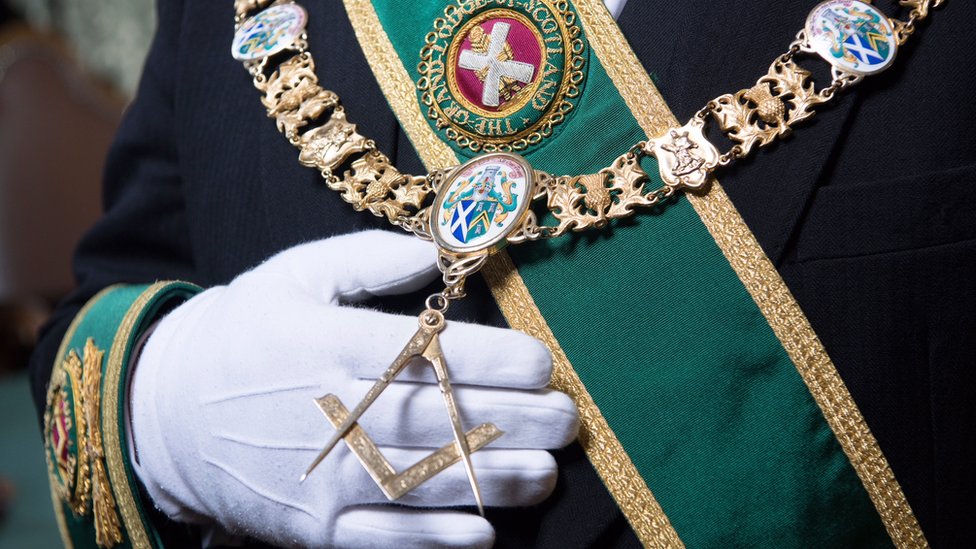Why More People Are Exploring to Join Freemasonfor Empowerment
Why More People Are Exploring to Join Freemasonfor Empowerment
Blog Article
Discovering the Mysteries of the Freemason: What You Required to Know
The Freemason, a term commonly shrouded in intrigue and debate, represents a complicated tapestry of historic reality and modern myth. Developed in the late 18th century, this secret society was at first rooted in the Knowledge's perfects but has actually since ended up being associated with conspiracy theory concepts about elite control. As we browse the beginnings, vital figures, and the raw contrast in between myth and fact, one need to think about how these stories influence contemporary assumptions of power and privacy. What could be disclosed through a more detailed evaluation of these elements might challenge long-held presumptions about the shadows that remain in our culture.
Beginnings of the Freemason
The origins of the Freemason are soaked in a blend of historic intrigue and ideological eagerness. Developed in 1776 in Ingolstadt, Bavaria, by Adam Weishaupt, the group was initially created as a secret society targeted at promoting Enlightenment perfects such as factor, secularism, and the splitting up of church and state. Weishaupt, a teacher of canon law, sought to test the dominating authority of the church and state, which he deemed overbearing establishments stifling intellectual and individual freedom.
The Freemason looked for to hire significant members from numerous societal industries, consisting of national politics, academic community, and the arts, to cultivate a network devoted to these Knowledge principles. The culture run under a veil of privacy, utilizing coded language and routines to protect its participants from oppression, particularly given the repressive environment of the time. Nevertheless, the Freemason faced considerable opposition from both governmental authorities and religious organizations, which saw the group as a hazard to their power.
Trick Numbers and Participants
That were the crucial numbers that formed the Freemason's early influence and instructions? The Bavarian Freemason, established in 1776 by Adam Weishaupt, arised as an action to the overbearing social structures of the moment. how to become a freemason. Weishaupt, a regulation professor, imagined the company as a way to promote Enlightenment suitables such as reason, secularism, and equal rights. His preliminary employment efforts consisted of prominent intellectuals, such as Baron von Knigge, who played an important function in broadening the group's membership and business structure.
An additional substantial figure was Johann Gottlieb Fichte, a noticeable philosopher whose concepts on nationalism and education and learning resonated with the Freemason's objectives. Fichte was not a formal member, his philosophical supports affected the group's ideology. Additionally, figures like the writer and thinker Johann Wolfgang von Goethe were connected with the more comprehensive intellectual motions of the time, although their direct participation with the Freemason continues to be discussed.
These crucial figures added to the Freemason's early instructions, pushing the boundaries of political and social idea, while their cumulative efforts intended to test established standards and cultivate an environment of progressive adjustment in Europe.
Misconceptions vs. Truth
Many misconceptions surround the Freemason, commonly blending reality with fiction in a way that obscures its true nature. The concept that the Freemason proceeds to put in considerable influence over globe occasions is a misconception - how to become a freemason.
An additional widespread myth is that the Freemason comprises a network of elite people controling international affairs. Actually, several conspiracy theories exaggerate the team's value, attributing unfounded objectives to social patterns and events. This has actually caused an oversimplified view of intricate concerns.

Modern Interpretations
Contemporary interpretations of the Freemason commonly reflect wider social anxieties and an attraction with privacy and power. This contemporary lens regularly associates the Freemason with conspiracy theory theories that recommend a surprise elite orchestrates world events, adjusting governments and economic climates for their own gain. Such narratives tap right into a deep-rooted question of authority, particularly in times of crisis or social turmoil.

Additionally, some modern-day analyses frame the Freemason as an allegory for the complexities of globalization and the interconnectedness of significant people and organizations. This point of view urges a crucial evaluation of just how power characteristics run in today's globe, highlighting the balance between transparency and secrecy in governance and corporate methods.
Cultural Effect and Legacy
Influenced by centuries of intrigue, the cultural influence and heritage of the Freemason prolong much past its historical beginnings. This secret society, established in the late 18th century, has permeated numerous aspects of pop culture, from literature and film to music and art. The principle of the Freemason has progressed into a sign of conspiracy concepts, frequently standing for a viewed hidden power controling international events.
In literary works, authors like Dan Brown have actually woven the Freemason right into detailed stories, captivating viewers with styles of privacy and power. Movies such as "National Treasure" and "The Da Vinci Code" further continue the allure of the society, mixing truth with fiction to create appealing narratives.
The Freemason's impact additionally expands into songs, with musicians referencing the organization to stimulate motifs of disobedience and social critique. This portrayal has added to a fascination with the idea of private teams controlling the bars of power, reflecting social stress and anxieties concerning authority and transparency.
Inevitably, the Freemason's tradition is a complex tapestry of myth and reality, forming assumptions of secrecy and control in modern discussion. Its long-lasting presence in culture underscores humankind's seasonal pursuit for recognizing hidden facts.
Final Thought
The expedition of the Freemason discloses a complex interplay in between historical truths and modern myth-making. Established in the Knowledge era, this society aimed to test overbearing structures, yet its tradition has actually been outweighed by conspiracy theory theories that suggest elite manipulation. Understanding the distinctions between the initial suitables and contemporary analyses is crucial for comprehending the enduring fascination with the Freemason and its substantial influence on social narratives surrounding power and secrecy in culture.
Report this page